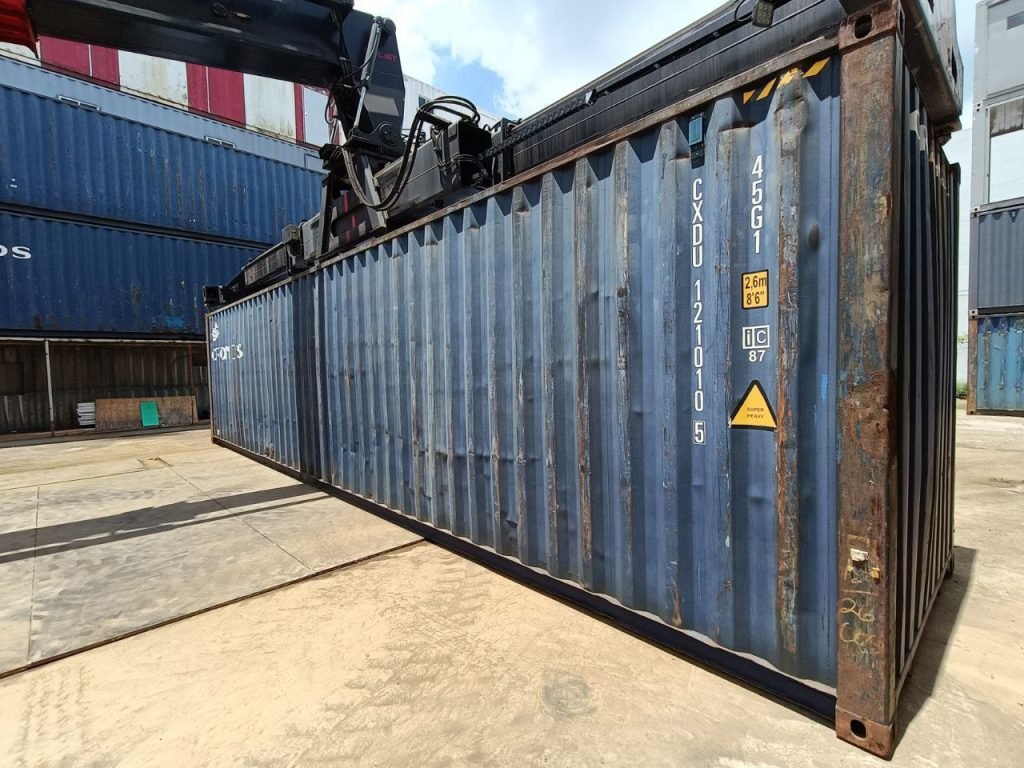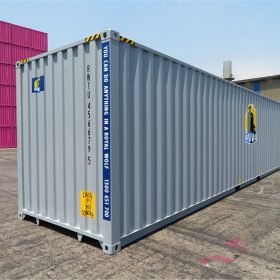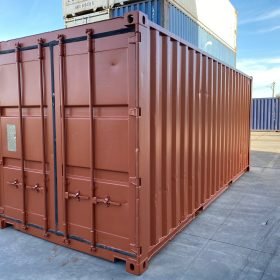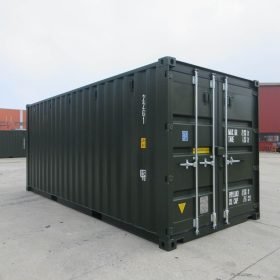Shipping Containers as Art Studios: A Creative and Affordable Space
In recent years, shipping containers have gained popularity beyond their original use in the transportation industry. From trendy cafes to modern homes, these robust metal boxes have been repurposed into various functional spaces. Among the most innovative uses is transforming shipping containers into art studios—a creative and affordable solution for artists seeking a unique workspace.
The Appeal of Shipping Containers
Shipping containers offer a variety of advantages that make them ideal for art studios. One of the most significant benefits is affordability. Traditional studio spaces, especially in urban areas, can be prohibitively expensive. Artists often struggle to find affordable rent, let alone a space large enough to accommodate their work. Shipping containers, on the other hand, are relatively inexpensive to purchase and convert, making them a budget-friendly option for artists at all stages of their careers.
Another appealing aspect of shipping containers is their versatility. These containers come in standard sizes, usually 20 or 40 feet in length, which provides a blank canvas that can be customized to fit the specific needs of an artist. Whether it’s painting, sculpting, photography, or multimedia work, a shipping container can be adapted to include proper lighting, ventilation, and storage, ensuring that the space is not only functional but also inspiring.
A Creative Canvas for Artists
Shipping containers offer a unique opportunity for artists to create a space that reflects their personal style and artistic vision. The industrial aesthetic of the container’s exterior can be a source of inspiration, blending the raw, rugged look of metal with the organic and imaginative nature of art. Artists can choose to leave the exterior as is, embracing the weathered, rustic look, or they can paint and decorate it to create a vibrant and inviting entrance to their studio.
Inside, the possibilities are endless. The walls can be insulated and lined with drywall, creating a clean and polished interior. Alternatively, some artists may prefer to keep the raw metal look, adding only the essentials like shelving, workbenches, and lighting. Large windows or skylights can be installed to allow natural light to flood the space, creating the perfect environment for creativity.
For those with a green thumb, the roof of the container can be transformed into a small garden, adding an element of nature to the studio. This not only enhances the aesthetic appeal but also promotes sustainability—a key consideration for many modern artists.
Mobility and Flexibility
One of the most significant advantages of using a shipping container as an art studio is its mobility. Unlike traditional studio spaces, which are fixed in one location, a shipping container studio can be moved relatively easily. This is particularly beneficial for artists who travel frequently or those who participate in art shows, festivals, and residencies in different locations. The ability to take your workspace with you ensures that your creative process is never interrupted, no matter where you go.
Furthermore, shipping container studios offer flexibility in terms of expansion. As an artist’s needs evolve, additional containers can be added to the existing structure, creating a modular studio space that can grow alongside your career. Whether it’s adding more storage, a larger workspace, or even a gallery space to showcase your work, the adaptability of shipping containers makes them a practical and future-proof choice for artists.
Sustainability and Eco-Friendliness
In an era where sustainability is more important than ever, repurposing shipping containers into art studios aligns with the growing movement toward eco-friendly practices. Shipping containers are often discarded after just a few years of use, contributing to environmental waste. By giving these containers a second life as art studios, artists are not only creating a space for their work but also contributing to environmental conservation.
Additionally, the conversion process itself can be eco-friendly. Many artists opt for sustainable materials when insulating and outfitting their containers, such as recycled wood, non-toxic paints, and energy-efficient lighting. Solar panels can be installed to power the studio, further reducing the carbon footprint.
Conclusion
Shipping containers offer a creative, affordable, and sustainable solution for artists in need of a studio space. Their versatility, mobility, and unique aesthetic make them an attractive option for artists looking to create a space that is truly their own. Whether you’re an emerging artist or an established professional, a shipping container studio can provide the perfect environment for creativity to flourish. In a world where space is often limited and costly, shipping containers offer an innovative way to think outside the box—literally.






